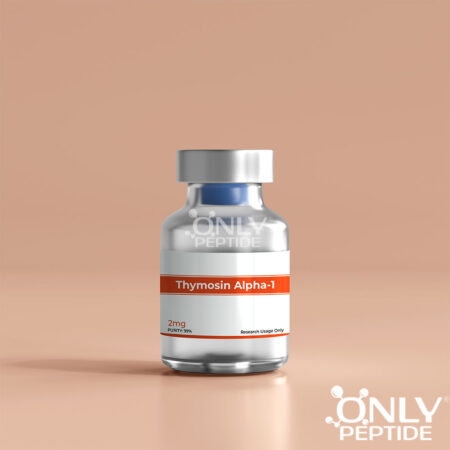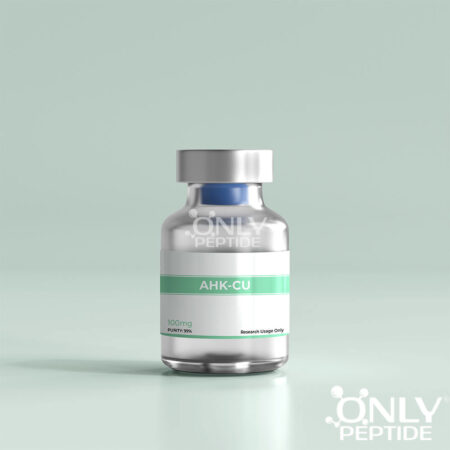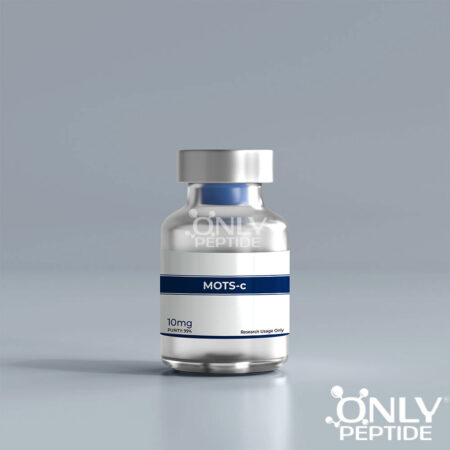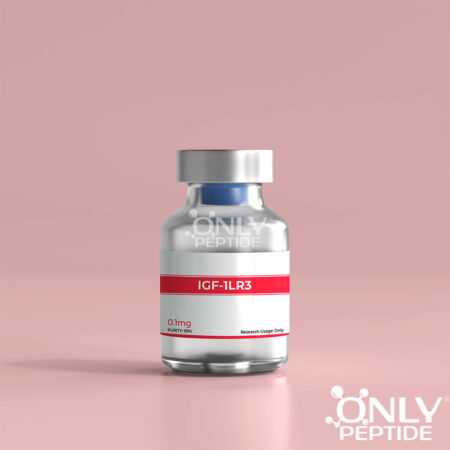IGF1-LR3 (Receptor Grade) is a recombinant analog of insulin-like growth factor-I that has been engineered for the enhancement of repair, receovery and cell division.
Overview
Receptor Grade IGF-1 LR3 is a premium research reagent for use in cell growth studies, IGF receptors and IGF binding proteins and is more potent than rH IGF-1 and Media Grade IGF-1 LR3 in-vitro due to the drastic increase in biological activity (stronger affinity for the IGF receptor). This increased biological activity is what sets Receptor Grade IGF-1 LR3 apart from Media Grade (standard) IGF-1 LR3. Media grade IGF-1 LR3 is more commonly used in commercial cell culture vs mammalian and can also be used as a research reagent at an economical cost to enable studies where biological potency is of less value. To maximize results in an animal-based in-vitro cell study or production, Receptor Grade IGF-1 LR3 should be used exclusively. The supplementation of mammalian cell cultures with Long R3 IGF-1 at a much lower concentration results in more highly elevated productivity than with standard concentrations of insulin and/or standard IGF-1.
Research
IGF-1 binds to at least two cell surface receptors: IGF-1R and the insulin receptor. The IGF-1 receptor is referred to as the “physiologic” receptor because IGF-1 binds to it with significantly higher affinity (approximately 100 times higher) than it does to the insulin receptor. By binding to IGF-1R, IGF-1 can affect metabolism, cell growth (hypertrophy), differentiation and cell division (hyperplasia), prevention of cell death (apoptosis), normal development, and even malignant growth. IGF-1R has been implicated in several different types of cancer include breast, prostate, and lung cancer. IGF-1 also binds to the insulin receptor and activates it, thereby encouraging cells to take up glucose from the blood stream. The effects of IGF-1 on muscle cells are three-fold. Firstly, IGF-1 encourages hyperplasia, or an increase in the number of muscle cells. Secondly, IGF-1 has a strong effect on skeletal muscle – In regards to the life span of satellite cells. Satellite cells support muscle cells, providing them with needed nutrients and helping them to operate efficiently. By increasing the lifespan of these cells, IGF-1 helps to increase their number with muscle tissue. Finally, IGF-1 encourages differentiation of myoblasts, which is to say that it encourages the conversion of stem cell progeny from nonspecific pluripotent stem cells into dedicated muscle tissue. In this way, IGF-1 increases the rate of muscle development by increasing the rate at which generic stem cells are converted to muscle cells.









Reviews
There are no reviews yet.